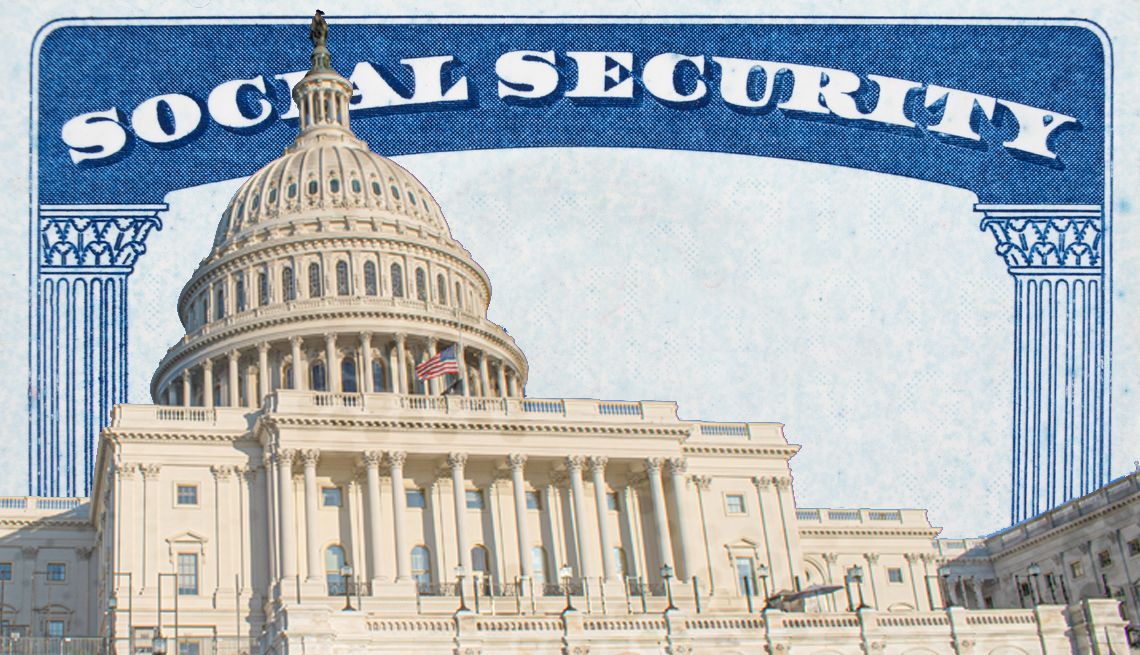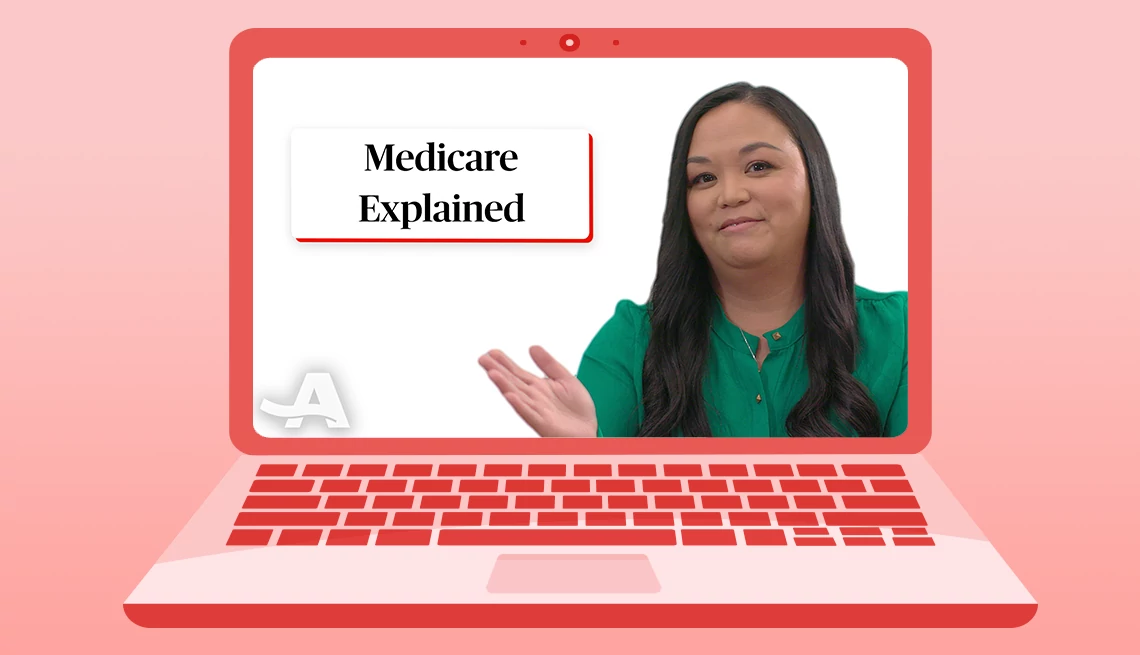AARP Eye Center
Some Hoosiers Could See Double-Digit Rise in Utility Costs
Many Hoosiers—who already face above-average energy bills—could see their utility expenses jump even higher if regulators approve a recent rate increase request from Indiana’s second largest distributor of electricity.
Northern Indiana Public Service Company asked the state’s utility regulatory commission to authorize a 16.5 percent rate increase, spread over two years. It would add $19 to the average residential customer’s electric bill, which is currently $120 a month.
NIPSCO says the increase is needed to help pay for infrastructure improvements. Consumer advocates argue the price hike makes it more difficult for customers to control the costs of their energy bills.
The request comes on the heels of multiple rate hikes by Indiana’s other utility companies in 2022.
“We are talking about essential human services—heating, cooling, lights, the refrigerator,” says Kerwin Olson, executive director of Citizens Action Coalition, a utilities watchdog group. “Customers shouldn’t have to choose between heating and eating.”
NIPSCO, which has about 468,000 electricity customers, says the rate increase is needed, in part, to transition its electric plants from coal to sustainable energy sources.
AARP Indiana asks residents to express their concerns about the latest increase by contacting the Indiana Utility Regulatory Commission. Hoosiers can also share how such an increase would affect them by going to action.aarp.org/saynotonipsco.
“Utility rates are an essential pocketbook issue for Hoosiers 50-plus and their families, many of whom struggle to pay their utility bills along with other household expenses like food and medicine,” says Sarah Waddle, AARP Indiana state director. “Even small increases in energy bills can blow a hole in already tight budgets.”
Help available for some
High utility bills are nothing new for Indiana consumers. The state has the country’s 14th highest per capita energy costs—$3,579 annually—according to data from the U.S. Energy Information Administration.
Indiana’s cold winters and hot summers contribute to high energy usage, says Douglas -Gotham, director of the Purdue University State Utility Forecasting Group, which helps the state project its energy needs. A dearth of sunny days and various other factors have made it difficult for Indiana to gain traction with alternative, renewable energy sources, Gotham says.
The state has historically depended on coal and natural gas, and recent price hikes for both have led to higher costs for consumers, he says.
Coal prices are rising, in part, because of disruptions in the global energy market amid the Russia-Ukraine war.
Utility companies have also cited unexpected outages at aging coal plants as a reason for rate hikes.
A task force created by the Indiana General Assembly to address utility costs released a report discussing ways to tackle the problem, such as alternative pricing plans for consumers.
Some of the group’s findings are expected to be included in energy-related legislation.
As consumer advocates continue to press for change, help is available for some Hoosiers on limited incomes.
The federal Low Income Home Energy Assistance Program provides help to households that earn below 60 percent of the state median income.
NIPSCO also has bill-assistance programs, including its SILVER plan for people 60 and older who earn at or below 250 percent of the federal poverty level, or about $36,450 for an individual in 2023. Learn more at aarp.org/inutilities.
Lisa Bertagnoli is a writer living in Chicago.
More on Utility Costs
















)


















.jpg?crop=true&anchor=13,195&q=80&color=ffffffff&u=lywnjt&w=2008&h=1154)





























